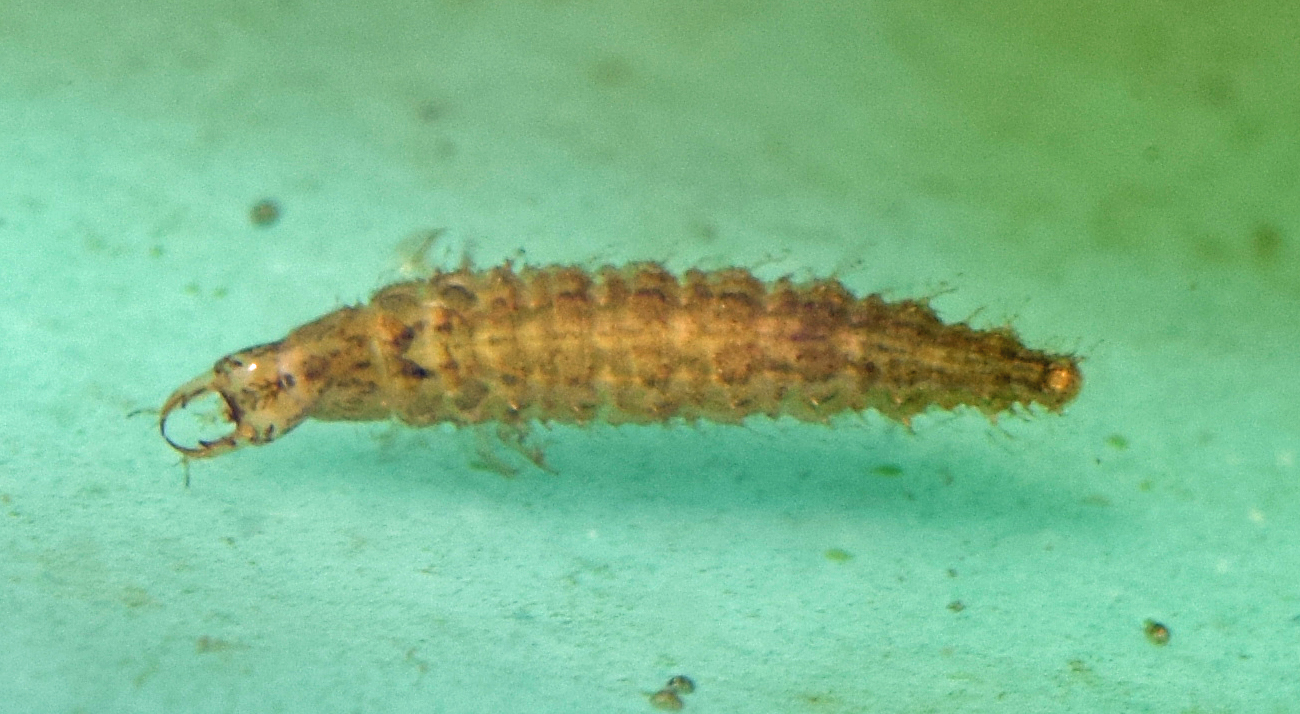|
Hydrophilidae
Hydrophilidae, also known colloquially as water scavenger beetles, is a family of beetles. Aquatic hydrophilids are notable for their long maxillary palps, which are longer than their antennae. Several of the former subfamilies of Hydrophilidae have recently been removed and elevated to family rank; Epimetopidae, Georissidae (= Georyssidae), Helophoridae, Hydrochidae, and Spercheidae. While the majority of hydrophilids are aquatic, around a third of described species are terrestrial, mostly belonging to the subfamily Sphaeridiinae. With rare exceptions, the larvae are predatory while the adults may be herbivores or predators in addition to scavenging. Many species are able to produce sounds. Species of '' Hydrophilus'' are reported as pests in fish hatcheries. Other species are voracious consumers of mosquito larvae, and have potential as biological control agents. This beetle family contains 2,835 species in 169 genera. Geography Hydrophilid beetles are found worldwi ... [...More Info...] [...Related Items...] OR: [Wikipedia] [Google] [Baidu] |
Sphaeridiinae
Sphaeridiinae is a subfamily of water scavenger beetles (insects in the family Hydrophilidae). Some species live in fresh water as both larvae and adults. Habitat Sphaeridiinae is a subfamily of Hydrophilidae that is considered mostly terrestrial compared to the other aquatic subfamilies in the larger overarching family of Hydrophilidae. There have been some instances of this subfamily living in riparian habitats or floating vegetation, however, this subfamily is not constrained to aquatic ecosystems. In general, Hydrophilidae species have larvae that are aquatic or terrestrial and the adults are mainly aquatic. In Sphaeridiinae's case, there has been a trend for it to colonize on solely moist terrestrial land, including places of decomposition. Reproductive behavior The larvae stages of this subfamily also develop in moist areas like dung, decomposing fungi and plant material and moist soil. The adults also came back to fresh manure to lay their eggs. In addition, Sphaeridii ... [...More Info...] [...Related Items...] OR: [Wikipedia] [Google] [Baidu] |
Tropisternus Lateralis
''Tropisternus lateralis'' is a species of Hydrophilidae, hydrophilid beetle that ranges across much of the Americas. Description Adult ''T. lateralis nimabatus'', the subspecies found in the eastern United States, are distinguished by having uniformly dark elytron, elytra and prothorax, pronotum with light-colored borders. Distribution The range of ''T. lateralis'' includes North America as far north as southern Canada, South America south to northern Chile and Argentina, the Caribbean, and the Galápagos Islands. ''T. lateralis humeralis'' has been accidentally introduced to Oahu. Behavior ''T. lateralis'' exhibits stridulation during stress, calling, and courtship. Eggs are deposited in cases under water, and larvae are fully aquatic. While adults are primarily aquatic, they breathe air and can fly. Adult ''T. lateralis'' avoid colonizing and laying egg cases in ponds that contain fish, which are potential predators of all life stages of the beetles. Subspecies There are ... [...More Info...] [...Related Items...] OR: [Wikipedia] [Google] [Baidu] |
